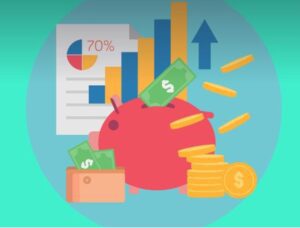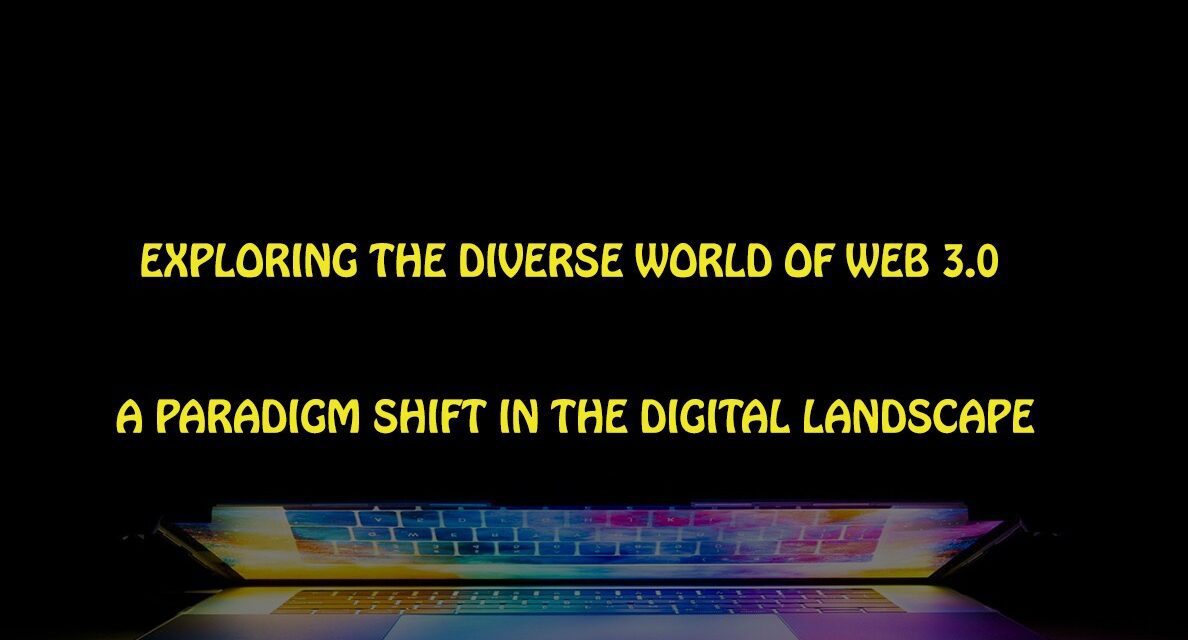Introduction
Welcome to Diverse World of Web 3.0 the exciting realm of Web 3.0, where the internet evolves beyond its static and centralized form to embrace decentralization, blockchain technology, and user empowerment. Web 3.0 represents a paradigm shift in the digital landscape, promising enhanced security, privacy, and new possibilities for online interactions. In this blog, we’ll delve into the various types of Web 3.0 and explore how they are reshaping our online experiences.
-
Decentralized Applications (DApps)
At the heart of Diverse World of Web 3.0 lies the concept of decentralized applications or DApps. These applications operate on blockchain networks like Ethereum, EOS, or Tron, which removes the need for central authorities and allows for transparent, trustless, and tamper-resistant interactions. DApps cover a broad spectrum of industries, including finance, gaming, supply chain management, and more. They are governed by smart contracts, enabling automated and secure execution of predefined rules.
-
Blockchain Technology
Blockchain is the foundational technology powering Web 3.0. It is a distributed ledger that records transactions across a network of computers in a secure and immutable manner. Decentralization and consensus mechanisms, such as Proof-of-Work (PoW) and Proof-of-Stake (PoS), ensure the integrity of the data and prevent malicious activities. Blockchain has found applications not only in cryptocurrencies but also in domains like identity verification, intellectual property protection, and voting systems.
-
Digital Identity and Self-Sovereign Identity (SSI)
Web 3.0 seeks to address the issue of online identity management through the concept of digital identity. Users are increasingly concerned about their personal data being collected and controlled by centralized entities. Self-sovereign identity (SSI) offers a solution by enabling users to have complete ownership and control over their digital identities. SSI relies on decentralized identifiers (DIDs) and verifiable credentials, empowering individuals with privacy and autonomy.

-
Internet of Things (IoT) and Web 3.0
The integration of Web 3.0 and the Internet of Things (IoT) is transforming the way devices communicate and interact with each other. By leveraging blockchain’s decentralized nature, IoT devices can securely exchange data and execute transactions without the need for a central server. This convergence of technologies is fostering a new era of smart homes, autonomous vehicles, and industrial automation with enhanced security and efficiency.
-
Web 3.0 and Artificial Intelligence (AI)
Web 3.0 and AI complement each other in a way that revolutionizes data processing and decision-making. AI algorithms can analyze vast amounts of data stored on decentralized networks, making predictions and recommendations without compromising the privacy of users. Moreover, decentralized AI models allow individuals to retain control over their data, preventing the centralization of sensitive information in the hands of a few tech giants.
-
Web 3.0 and Finance
Cryptocurrencies and decentralized finance (DeFi) are prominent aspects of Web 3.0. DeFi platforms offer a range of financial services like lending, borrowing, staking, and yield farming without the need for traditional intermediaries like banks. Smart contracts govern these processes, ensuring transparency, security, and fair distribution of assets. Web 3.0 is also exploring the concept of programmable money, where money itself can have predefined rules and conditions attached to its usage.

-
Social Media and Web 3.0
Web 3.0 is challenging the centralized nature of traditional social media platforms by introducing decentralized alternatives. These platforms prioritize user privacy, data ownership, and reward content creators directly. They utilize blockchain and tokens to incentivize valuable contributions, fostering a more engaged and community-driven social experience.
Conclusion
Web 3.0 brings a refreshing wave of innovation and inclusivity to the internet. With decentralized applications, blockchain technology, digital identity, IoT integration, AI collaboration, and transformative finance, this new era is set to revolutionize how we interact, transact, and engage with technology. As Web 3.0 continues to evolve, it is essential to remain curious and open-minded about its possibilities and potential impact on the future of our digital world.





